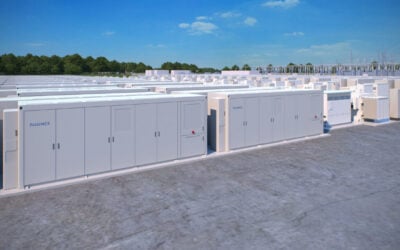
The India Energy Storage Alliance (IESA) has published its fifth edition of its India Stationary Energy Storage market report, which predicts that the market for energy storage in India will grow at a CAGR of 6.1% by 2026.
The report is split into four sections, looking at the total stationary energy storage market, the grid-scale stationary energy storage market, stationary storage in behind-the-meter (BTM) applications and railways. It uses 2018 as the base year, before forming predictions for 2019 through to 2026.
IESA reports that in 2018, the energy storage market in India was worth US$2.8 billion, and will continue to grow at pace in coming years.
Total annual MWh additions were 24.4GWh last year, and are expected to grow to 64.5GWh by 2026.
Try Premium for just $1
- Full premium access for the first month at only $1
- Converts to an annual rate after 30 days unless cancelled
- Cancel anytime during the trial period
Premium Benefits
- Expert industry analysis and interviews
- Digital access to PV Tech Power journal
- Exclusive event discounts
Or get the full Premium subscription right away
Or continue reading this article for free
These storage additions will be used in applications such as renewable energy integration, Transmission & Distribution deferral, ancillary services, railways, microgrids, telecom, and BTM application.
Of these, BTM is likely to account for the majority, with 68-77% of the cumulative market share during the period. Inverters and telecom make up the major part of this BTM market.
This year has seen a number of important steps in India’s energy storage market, in particular given disappointing tender cancellations in 2017-18. But in February, three huge renewables tenders were announced including one for 1.2GW of solar PV combined with 3,600MWh of energy storage.
In March, further government backed support was announced in the shape of India’s Union Cabinet chaired by prime minister Narendra Modi approving the ‘National Mission on Transformative Mobility and Battery Storage’. While in July, India’s full year budget was published, and included discussion of support for lithium battery and electric vehicle manufacturing.





